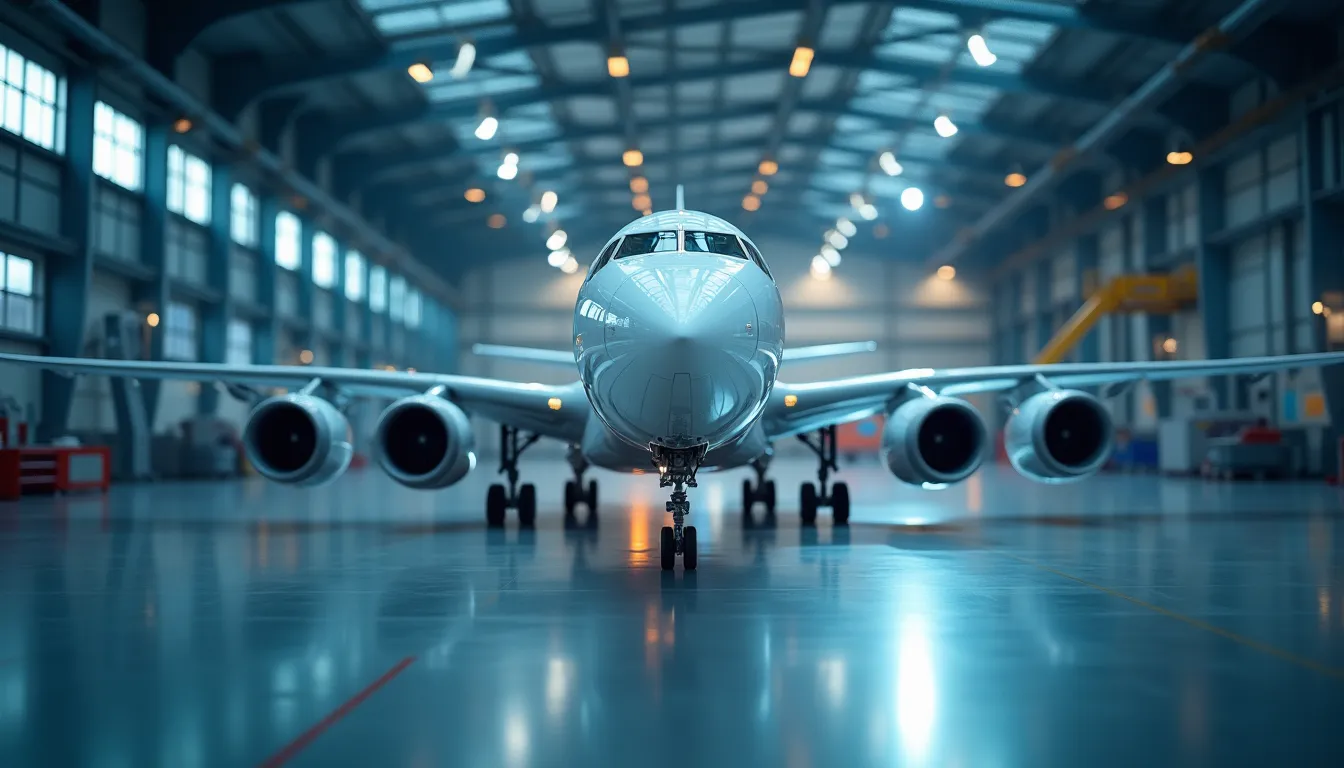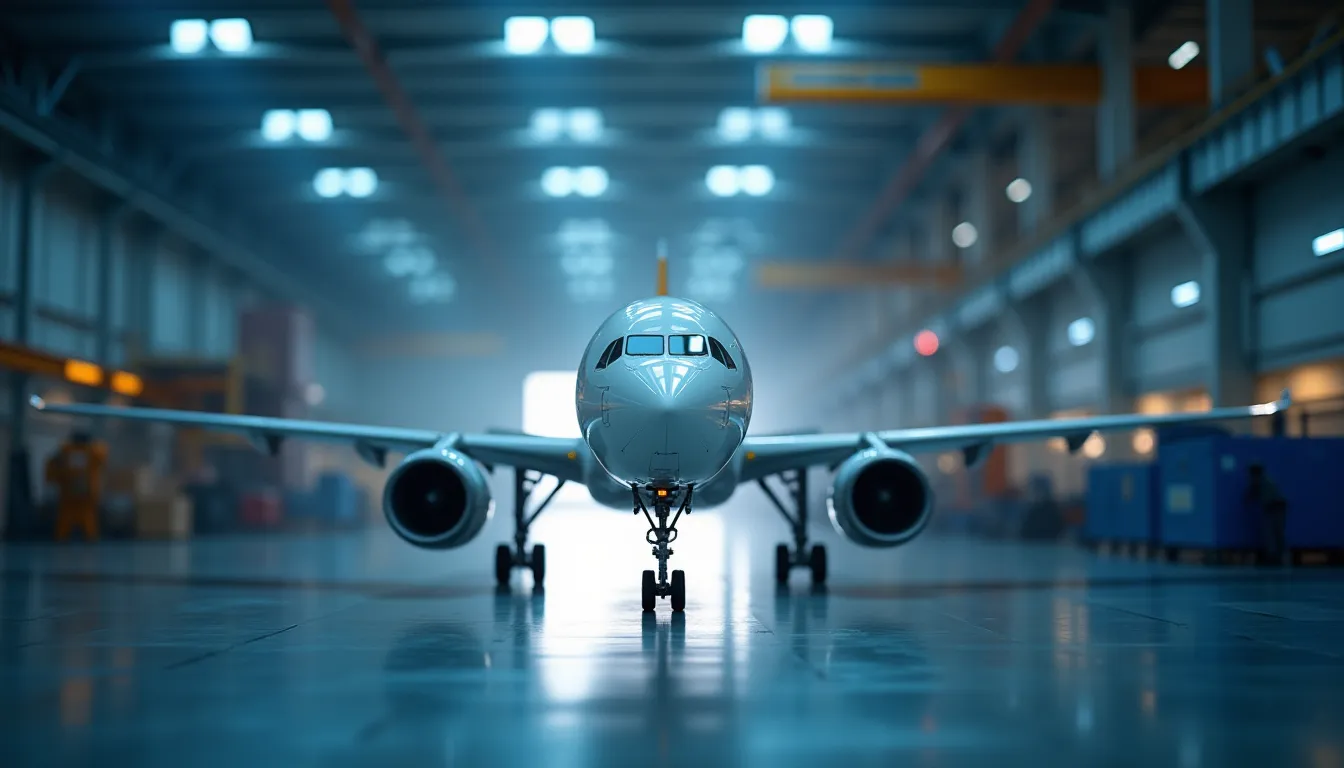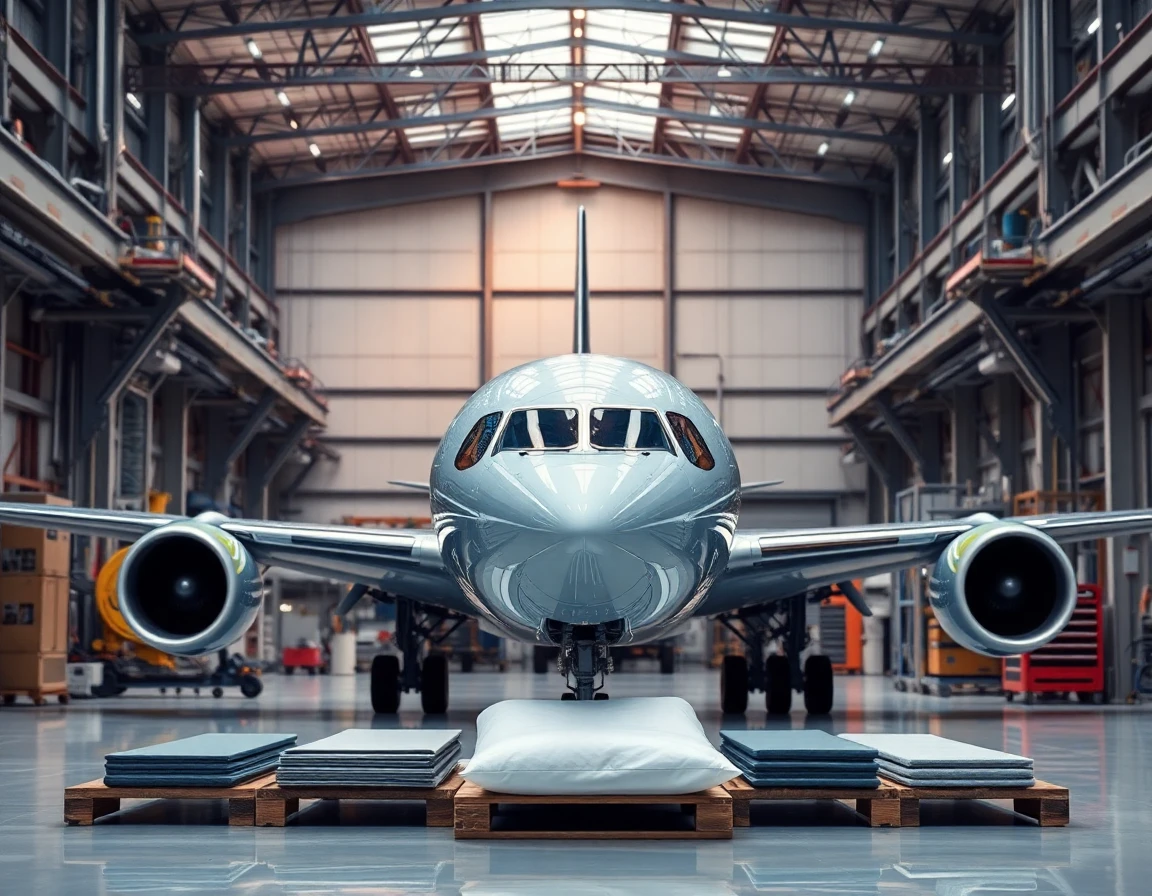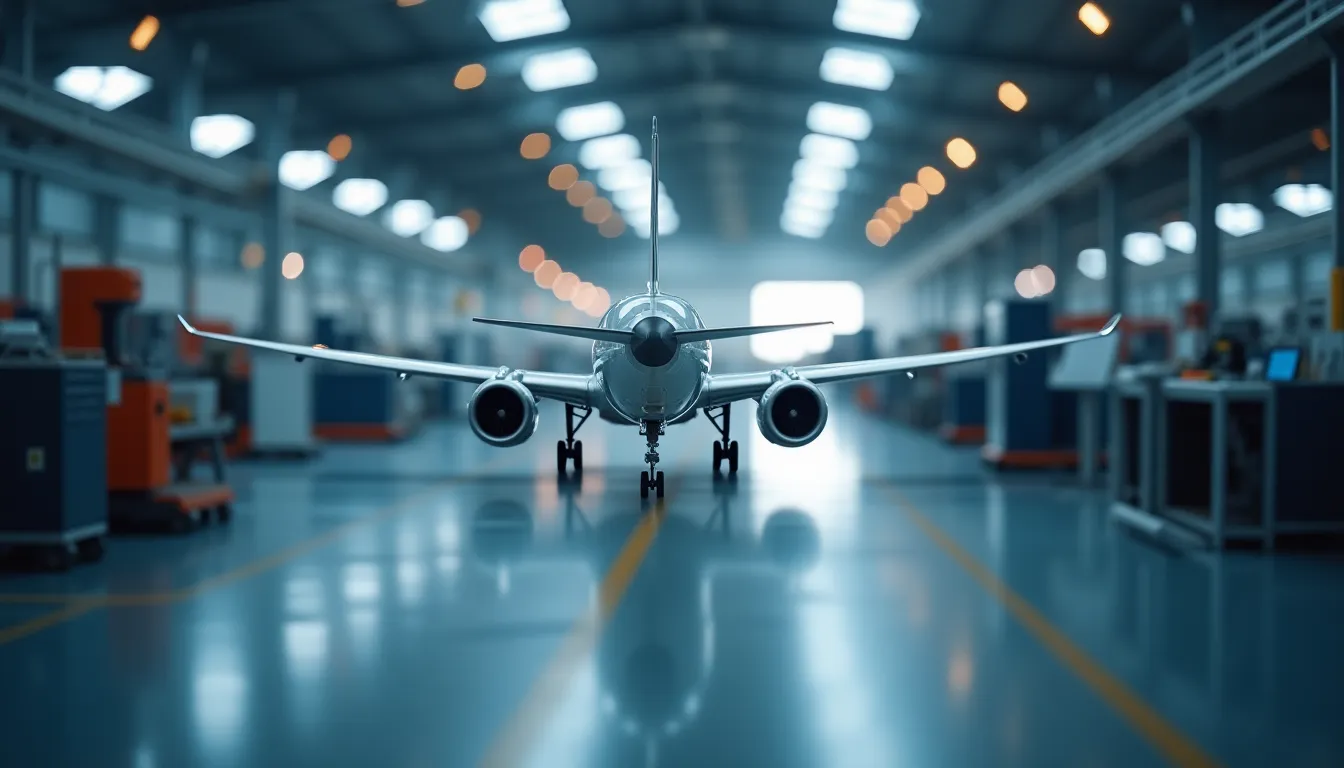Recent advancements in aerospace materials are setting the stage for a transformative era in aviation and defense. From self-healing composites that promise to enhance aircraft safety and longevity to the burgeoning field of additive manufacturing, the innovations emerging in this sector reflect a commitment to safety, performance, and sustainability.
Advancements in Self-Healing Aircraft Materials
One of the most exciting developments in aerospace materials is the emergence of self-healing composites. Spearheaded by Dr. Samit Roy at the University of Alabama, this groundbreaking research focuses on materials embedded with sensors capable of detecting and repairing damage autonomously during flight. These composites integrate advanced carbon fiber-epoxy matrices enhanced with shape memory polymers and thermoplastic powders, providing a robust solution to improve aircraft reliability.
The embedded sensors can generate heat to mend cracks and other structural impairments, which could significantly extend the lifespan of aircraft while reducing maintenance downtime. According to Dr. Roy, “The integration of sensing and healing functions within aerospace materials could redefine reliability standards in aviation. However, challenges such as cost, manufacturability, and certification for full airframe use remain to be addressed.”
The potential applications of these self-healing materials are vast, with implications for commercial aviation, military aircraft, and various unmanned aerial vehicles (UAVs). As the technology transitions from laboratory-scale experiments to practical applications, initial funding from the U.S. Air Force is paving the way for further proof-of-concept demonstrations.
The Role of Additive Manufacturing in Aerospace
In parallel with the advancements in self-healing materials, additive manufacturing (3D printing) is revolutionizing how components are produced in the aerospace industry. This technology enables the creation of complex, lightweight parts that improve overall performance and reduce costs. The ability to produce intricate geometries that traditional manufacturing methods cannot achieve is particularly valuable in aerospace, where weight savings are critical.
Although specific breakthroughs in additive manufacturing were not detailed in the latest reports, the ongoing evolution of this technology remains a focal point of innovation. Companies are increasingly adopting processes that leverage precision accelerometers and advanced sensor modules to ensure high-quality production standards. As the sector matures, we can expect enhanced capabilities in producing thermal battery systems and other critical components that drive efficiency and performance.
Collaborative Projects in Aerospace Development
Another significant trend is the collaboration between aerospace companies to co-develop next-generation technologies. A notable example is the recent partnership between Hanwha Aerospace and General Atomics Aeronautical Systems, Inc. (GA-ASI) to develop the Gray Eagle Short Takeoff and Landing (GE-STOL) unmanned aircraft system (UAS). This collaboration aims to accelerate the production of runway-independent UAS, with co-production plans in both Korea and the U.S.
The GE-STOL demonstrator aircraft is anticipated to have its maiden flight in 2027, with initial deliveries projected for 2028. Such collaborative efforts reflect a broader trend in the aerospace industry, focused on integrating advanced materials and systems to enhance operational capabilities and ensure the next generation of unmanned platforms meets increasing demands.
Physics-Integrated AI for Optimized Aerospace Design
The integration of artificial intelligence (AI) with physics-based modeling is emerging as a game-changer in aerospace design and materials development. According to Juan Alonso, CTO of Luminary Cloud and Chair at Stanford University, this approach promises to enhance simulation fidelity and optimize both materials and system performance.
This innovative methodology could lead to significant improvements in the design process, enabling engineers to simulate complex interactions between materials and forces, thereby reducing the time and cost associated with traditional aerospace development cycles. The impact of these advancements on future aerospace materials could be profound, paving the way for more efficient, effective, and sustainable aircraft designs.
Conclusion
The future of aerospace materials is bright, driven by innovations in self-healing composites, additive manufacturing, collaborative projects, and the integration of AI with physics-based modeling. As these advancements continue to unfold, they will not only enhance the safety and reliability of aircraft but also transform the overall landscape of the aerospace industry. With ongoing research and investment, the potential for revolutionary changes in materials technology is limitless, promising a new era of aviation that is safer, more efficient, and environmentally friendly.
References
-
How self-healing aircraft materials could revolutionise aviation safety (aerospaceglobalnews.com) - 10/17/2025
-
Hanwha Aerospace, GA-ASI to co-develop next-generation UAS (www.hanwha.com) - 10/16/2025
-
Flying Into the Future: Aircraft That Detect Damage and Self Heal (news.ua.edu) - 10/14/2025
-
Aviation Week & Space Technology - Inside MRO, October 2025 (aviationweek.com) - 10/13/2025
-
October 2025 Archives - AIAA - Shaping the future of aerospace (aiaa.org) - 10/6/2025
-
Aerospace & Defense Technology: October 2025 - SAE International (www.sae.org) - 10/1/2025
-
Current news about additive manufacturing/3D printing October 2025 (www.aerospacemanufacturinganddesign.com) - 9/22/2025



